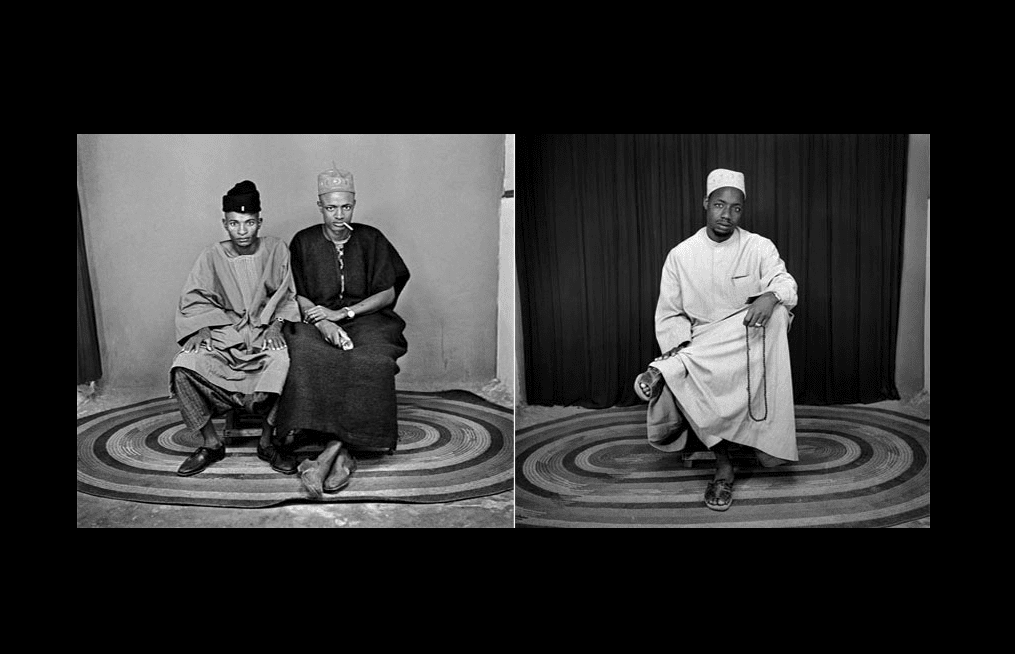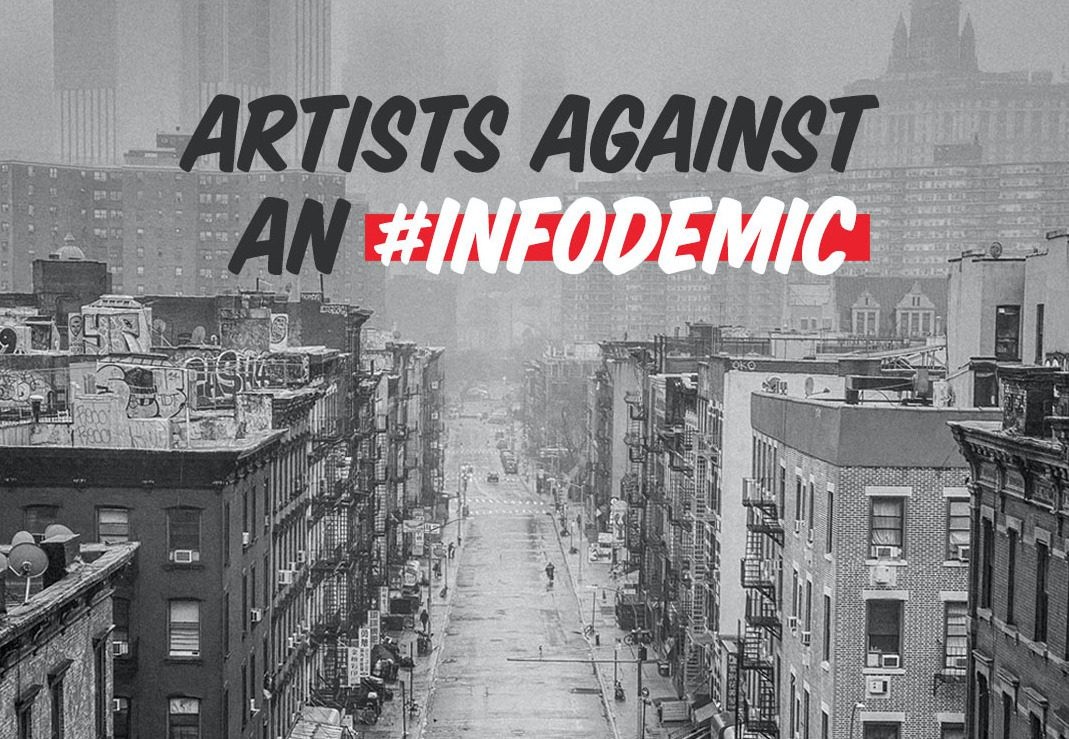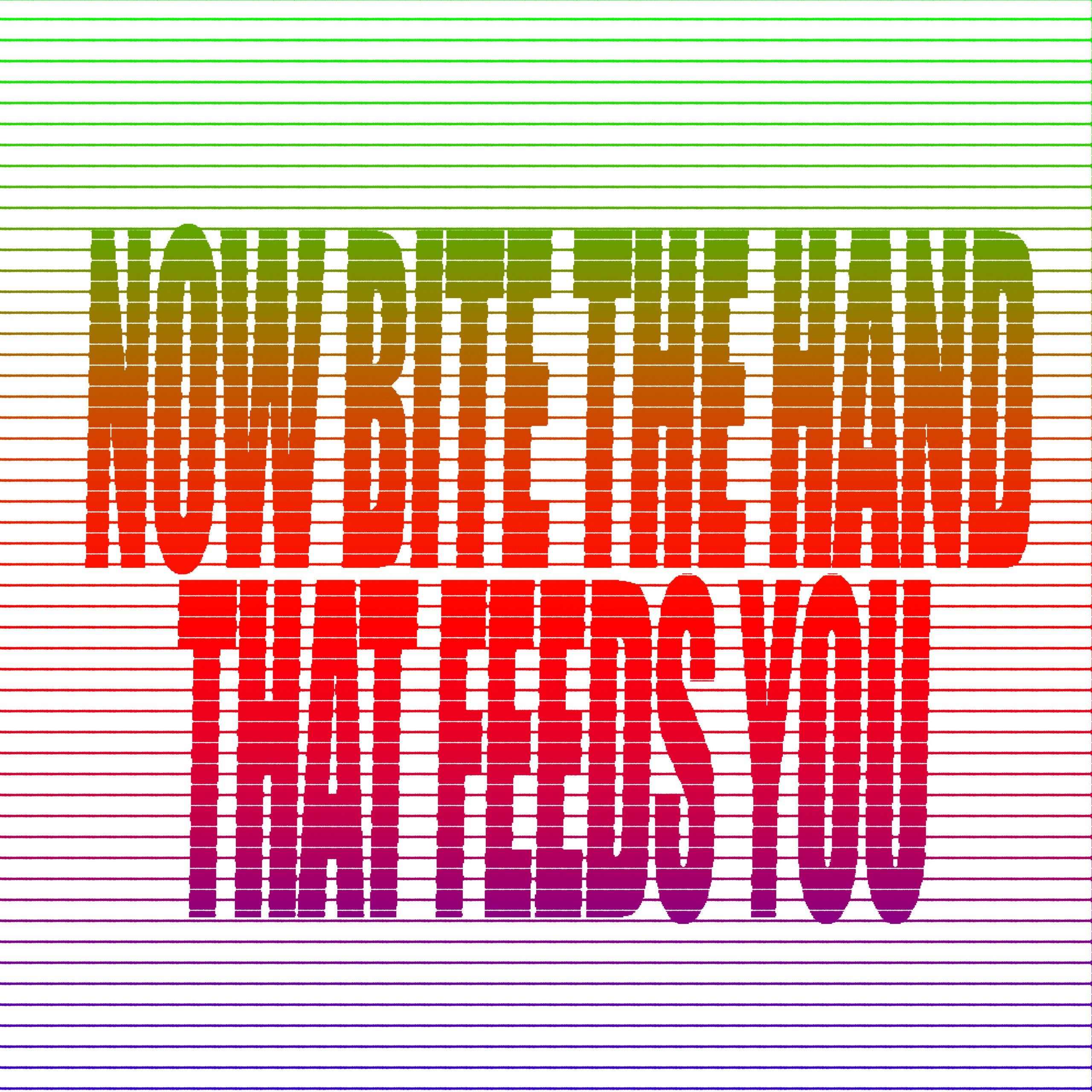Wole Lagunju: What will you do with your own Aje?
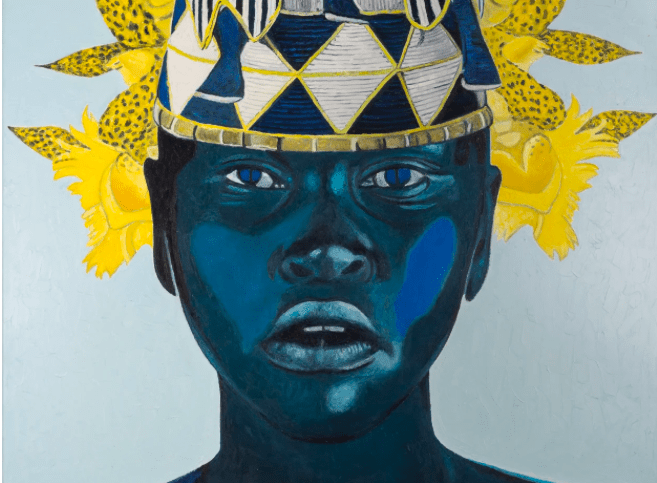
Wole Lagunju: What will you do with your own Aje?
Montague Contemporary presents Wole Lagunju's first solo exhibition in New York City, featuring a body of new works exploring a contemporary interpretation of Yoruba culture through his unique form of Onaism. The exhibition will open on Thursday, May 5 and remain on view through Saturday, June 18.
To the average Yoruba, Aje is a witch. Often conceptualized as an extraterrestrial force or being that uses the cover of darkness for nefarious activities to perpetrate evil and to kill. In the process it sucks blood from its victims while transforming its body into ghostly birds or deadly black cat. In its many manifestations, its activities are believed to be nocturnal. The term Aje, has two distinct but inseparable connotations like two sides of a coin. The most common is the negative association evoking a terrifying prospect of otherworldly forces and agents of the netherworld in constant struggle against the less formidable and unknowing acolytes of contemporary society. The second on the other hand, conceptualizes the terminology as the possession of special gifts and creative acumen with which to harness spiritual powers for the transformation of society. The good positive Aje, protects its own. She is Aje olomo, a doting mother, ever vigilant nurturer and positive agent for societal change and transformation. It is within this second realm that Wole Lagunju situates his own artistic practice.
As a proud Yoruba culture bearer with artistic gifts and powers—hence the crafting of the rhetorical question in the exhibition title: what will you do with your own Aje? A highly provocative title resulting from a series of conversations between Wole Lagunju and Montague Hermann, on the notions of artistic creativity and spiritual powers in Yoruba cultural landscape. Aje makes visible the boundaries of strange dichotomies: the real and the imagined; the deeply spiritual and the vigorously arcane; the frightfully terrifying and the seriously amusing and their ghoulish articulation in Yoruba religious and cultural landscape.
Lagunju remains uniquely polyvocal and multidimensional in his creative vision and artistic orientation using his art to contest hegemonic spaces, as he maps deeply personal iconography that challenges and celebrates his individual and personal histories. Without any iota of doubts, Lagunju exhibits that complex trait of novelty and experimentation consistent with the Yoruba notion of the artistic personality known as Are—trailblazer, and cultural innovator, like his French counterpart, the Avant Garde, who must set, of necessity, a new artistic agenda for others to emulate. Are, are especially notorious for their brazen boldness, for risk taking and for innovativeness—quintessential ingredients in Yoruba artistic, cultural and religious traditions. Are, are permanent strangers who make constant departures, never at home anywhere (Abimbola, 1994).
For this category of artists or archetypal models, the artistic enterprise is one of innovations and experimentations. Such innovative artists live on the margins of society and cannot be tied down to any particular artistic convention, geographical or regional style or temporal location or spaces. Perhaps more importantly, they are often in search of new ideas, and new creative idioms of expression that may occasionally be disruptive or counterintuitive against societal norms and values. Wole Lagunju is an embodiment of Yoruba tradition (asa) truly in the fashion of Are, selectively transforming his artistic talents and imagination for beauty and transcendence that is at once innovative, fresh, bold, and modern.
Lagunju’s art embodies Asa. Asa may be defined as “style, convention, model, and/or tradition.” And in the words of Olabiyi Yai, the Yoruba Linguist and Culture theorist, asa represents a conscious attempt “to select, choose, discriminate, or discern” (Yai, 1994:113) while being cognizant of the historical past. It is for the same reason that Rowland Abiodun equally argued that “whether as “style” or “tradition”, asa is never static and cannot be, since the concept of asa already embodies the ingredients of change, initiative, and creativity (Abiodun, 2014: 306). Asa atijo or asa adayeba (old or ancient tradition or style), asa tuntun (a new tradition or style) and asa atirandiran (a tradition or style passed on from one generation to the next) to convey notions of tradition, change, and continuity in Yoruba art and thought” (Abiodun, 2014).
To deviate from these models is tantamount to contravening the well-established conventions—a scenario likened to an aberration, one that fits into the mold of absurdity commonly referred to as asakasa, a further explication and extension of the notion of tradition and change. Asakasa can also be construed as a discourse and critique of asa— the Yoruba concept of tradition and change, mitigated by the ability to make informed and conscious selections. Nevertheless, asakasa recognizes discord, disjunctions, and disorder as vital element of tradition and change. While we privilege asa tuntun, (an integral element of newness and modernity), asa atiijo (traditions of the past) alerts us to the futility and dangers inherent in disjunctions.
Asakasa in another parlance represents discordant intermingling known as an amulumala, a curious blend of disparate elements like the harlequin robe which is full of variegated disjunctions, multiplex hues, and colors, scintillating shapes, and patterns—an inordinate intermingling that sometimes creates confusion, difference, and departures. In sum, amulumala negates the very essence of purposeful selection implicated in that delicate and precarious notion of asa—that which is purposefully selected. In essence, Lagunju’s art celebrate asa—both the freshness and novelty of innovation—while upholding the sacred tenets of the past.
For more than a decade, Wole Lagunju has relentlessly pursued the motif of the Yoruba sacred crown, the mask and the iconography of the masquerade costumes as an abiding metaphor of disruptions and transformation in his creative work. The most dominant is the juxtaposition of the imagery of Gelede headdress, used in the masking pageantry typically performed by costumed males in celebration of women in Yoruba culture. Lagunju puts these masks on the nineteenth century images of elegantly attired women of European descent.
The focus changes slightly in the current exhibition. Here the intriguing headdresses are placed on young black models—denizens and queens of the fashion industry. Appropriately titled Gelede Woman (Fig. 1) and Gelede Woman II (Fig, 2) the headdresses have imagery of the snake and the birds precariously perched on the wooden superstructures on their heads. Lagunju’s intent here is deliberately oppositional and disruptive. By placing Gelede masks on the heads of elegantly attired black female models, Lagunju empowers the women by conferring agency on them in the glamorized world of High fashion and the advertising industry. For too long, these black female models have been discriminated against and marginalized within the fashion industry. In his current articulation of the Gelede Woman, reminiscent of his earlier images of those elegantly attired female subjects wearing period costumes of the Victorian era, upon which he inserts the iconic image of the Gelede or Egungun headdress of the hunter, Lagunju recontextualizes the iconic masquerade motif, as an advocacy for a more inclusive world.
Lagunju’s works boldly challenges the restrictions imposed by social hierarchies of both the Victorian and Elizabethan eras and the vocabulary and idioms of contemporary culture. The restriction to the agency of women encountered within the modern world is no less different from the restrictions imposed by the moral code and etiquette of Victoria society. Lagunju’s parody of these hierarchies find eloquent expression in his 2013 Victorian Dandy painting —a veritable portrait of a seemingly androgynous gender-bender that is at once Yoruba masquerade celebrating the lineage of hunters and at the same time a representation of femininity at the crossroad of nineteenth century society (Fig. 3).
The nineteenth century was a particularly precarious period of disruptive and rapid changes, especially in Yoruba societies. Besides the internecine wars that engulfed the entire Yoruba landscape, the wars completely tore the social fabric of Yoruba society apart. The era equally marked the disempowerment of women in every strata of the sociocultural environment, which led to the institutionalization of patriarchy. Thus, the nineteenth century saw not only the dismantling of the sociocultural structure of Yoruba society, it also witnessed the emergence of male dominance and the deliberate attempt by British authorities to institutionalize and perpetrate the myth with the imposition of the Indirect Rule system of governance.
Wole Lagunju’s Victorian Dandy, in essence, is deliberately oppositional and ambivalent, deconstructing hierarchies of representation. It is both visually and aesthetically disruptive; a challenge to the established order of society. Rarely would Victorian-era portraits depict their models in a relaxed or subliminal position. They are usually serious and stoic looking. Subjects of such portraits wear high-collared costumes that tended to make them appear a little stiff, if not downright uncomfortable.
Additionally, the time and effort taken posing for a photograph or painting rendered it into a rather laborious process that limited the photographer or the painter’s ability to elicit smiles or animation from the sitters. The iconography and metaphor of the head hunter, epitomizing colonial power and authority, has now become the hunted in this phantasmagoric portrait of colonial misadventure and intrigue.
The ancestral mask on the head of the Victoria Dandy recalls a scene from Wole Soyinka’s tragic play, Death and the King’s Horseman (1975), where a colonial official brazenly wears an Egungun mask to a costume party in a wanton act of racial arrogance and cultural insensitivity. In this theatrical construct of defiance and sacrilege, the parody of the colonial official’s efforts may be likened to a deliberate attempt to trivialize and denigrate African cultural institutions. Yet the tension generated by Wole Soyinka’s play at the twilight of colonial rule in Nigeria is similarly echoed here in Wole Lagunju’s painting of the Victorian Dandy as an oppositional strategy to challenge hegemonic spaces in the postmodern arena at the dawn of the twenty-first century.
In similar ways, Black Wreaths (Fig. 4) foreshadows a visual taxonomy or elegy erected in salute of the memories and spirits of Emmet Till, Trayvon Martins, George Floyd, Armaud Arbery, and several other victims of racist police brutality and violence. The extra judicial killings and continuous incarcerations of Black men within the prison industrial complex in America remains a worrisome policy of State in perpetration and institutionalization of social inequity, marginalization and repression.
Lagunju, simultaneously invokes the wrath and power of Sango, the orisa of thunder,
justice and retribution as well as the fourth Alaafin of Oyo by repositioning the power and agency of the black male in Western society. Ose Sango (a ritual dance wand), sprouts from the top of the head of a young black male model (Fig. 5). In an instance, the model is figuratively mounted by the orisa and transforms into a priest—an elegun Sango. Here, the metamodern avatar of the deity is presented in trendy Western attire, decked out in floral patterned Hawaiian shirt on top of a red trousers. The choice of the red and white colors are the symbolic colors used in celebration of Sango. His other counterpart wears a flashy pink colored sports jacket with cellphone in his right hand and a Sango dance wand gingerly placed on his right hand (Fig. 6). And in the back of the model we find a densely patterned garden of exotic flowers. The two figures are completely relatable. Their affective mien including —the cellphone, the sneakers and the flashy suit presents the models as relatable fashionista and postmodern adherents of the orisa of justice, defender of the vulnerable and the powerless. Despite all these trappings of modernity displayed by the contemporary worshippers of Sango, we are instantly reminded of the fact that Sango is jealous. The Orisa of justice is only responsive towards devotees who are ready to jettison their masculinity for feminine identity within the context of worship.
While exploring iconography of the crown, (Ade Nla)—symbol of divine kingship among the Yoruba, Lagunju places the crown on the head of a young agile black man whose portrait depicts him wearing a fancy pink jacket with a cream-colored sweater underneath (Fig. 7) Irawo). A pink hibiscus wickedly sprouts from his left eye complementing the pink lipstick. Usually conically shaped, Ade Nla is often constructed of beads, cowrie shells and cotton fabrics over a wooden armature. With an assortment of motifs ranging from the face of the ancestors, to symbolic animal representations including chameleon, birds, snake and crocodiles—animals with deep liminal associations in Yoruba cosmology. In some ways, the placement of these crowns on the heads of the young models challenges the restrictive nature of the cultural object within Yoruba religious traditions. Nevertheless, the painting is more celebratory. Created in honor of a family member recently installed as the ruler of one of the modern cities of postcolonial Yoruba society.
In similar ways, I am Orisha (Fig. 8), equally reminds the viewer of the significance of the institution of divine kingship among the Yoruba. The Yoruba Oba is an embodiment of ancestral power and authority, often hailed and greeted as Alase igbakeji orisa---"wielder of sacred power, deputy of the gods”. Anyone who rises to that enviable position becomes an intermediary between the living and the departed ancestors. Their words and pronouncements are inviolable. The commands of the rulers are often infused with spiritual energy and powers. Thus, the oba is power personified. Their authority cannot be challenged, hence the appellation of Kabiyesi—no one dares to challenge your power and authority.
How then can one make sense of these randomly tossed cornucopia and trappings of modernity on the one hand and the curious admixture and juxtaposition of Yoruba cultural objects festooned on the models on each of the portraits? In their appropriate cultural contexts, the crown, the masks and the dance wands are fascinating sites of energy and power for the attachment of charms and amulets in reinforcing the spiritual power of each of the culture bearers in the paintings. In Lagungju’s hands, the seemingly mismatched objects function in exactly the same way of empowerment in a more inclusive and globalized arena.
It should be noted that the Gelede masks evoked in the paintings are visual references to the Gelede masquerades often performed in southwestern Nigeria and in the eastern part of the Republic of Benin to celebrate the spiritual tempers of women in Yoruba society. Collectively, these women are regarded as owners of spiritual powers, likened to the powers wielded by the Aje. Yet the masked performer in the costume is always a man. Gelede performances are meant to parody antisocial behaviors as a ritual sacrifice in assuaging the volatile tempers of the spiritually powerful women in the community.
Through these ritual performances, women are enjoined to use their spiritual gifts for the benefit of society. The intent is to make a plea on behalf of humanity, and the process is through humor and gentle persuasion. In like manner, Lagunju places the indomitable images of the Gelede sculptures on the heads of his models as a veritable symbol of passionate and gentle plea on behalf of humanity to reevaluate the treatment and position of women in a more inclusive and gender-neutral world. And each of the portraitures are festooned with delicate flowers as sumptuous bouquet to titillate and whet the appetites of the curious aficionados of contemporary African Artistry at the crossroads of modernity in the 21st century.
Dr. Baloji Campbell, May, 2022
montaguecontemporary.com
View all
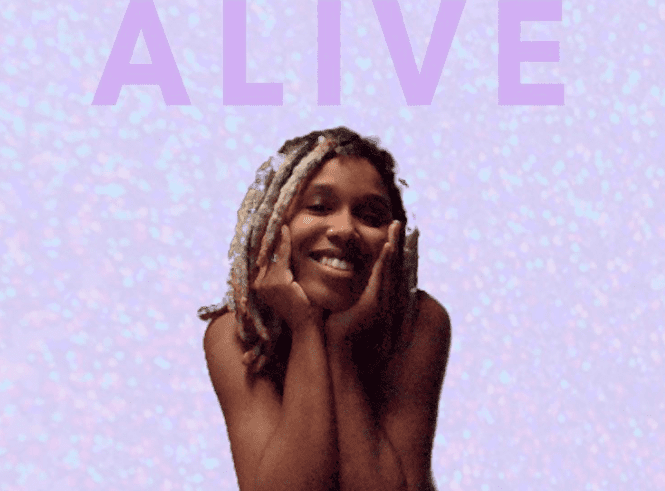
Artist-in-Residence Open Studios at Studio Museum
Feb 29, 2020
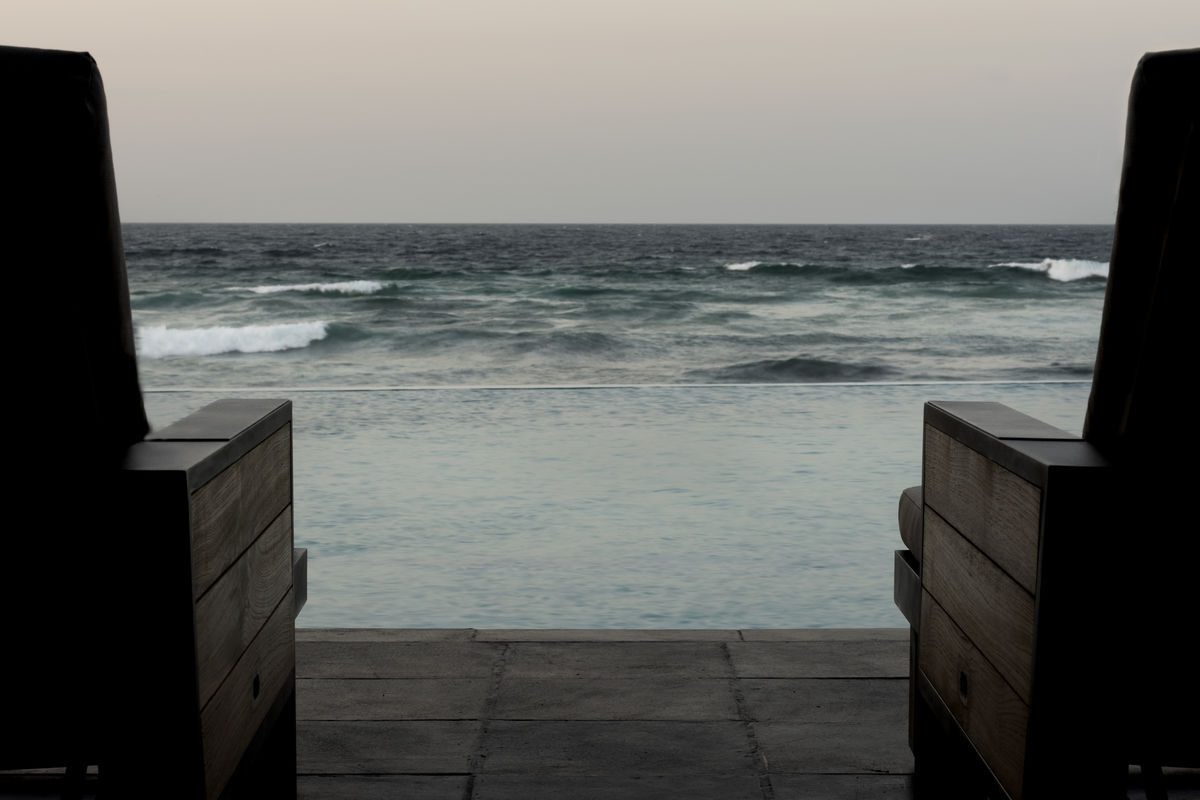
Black Rock Senegal

